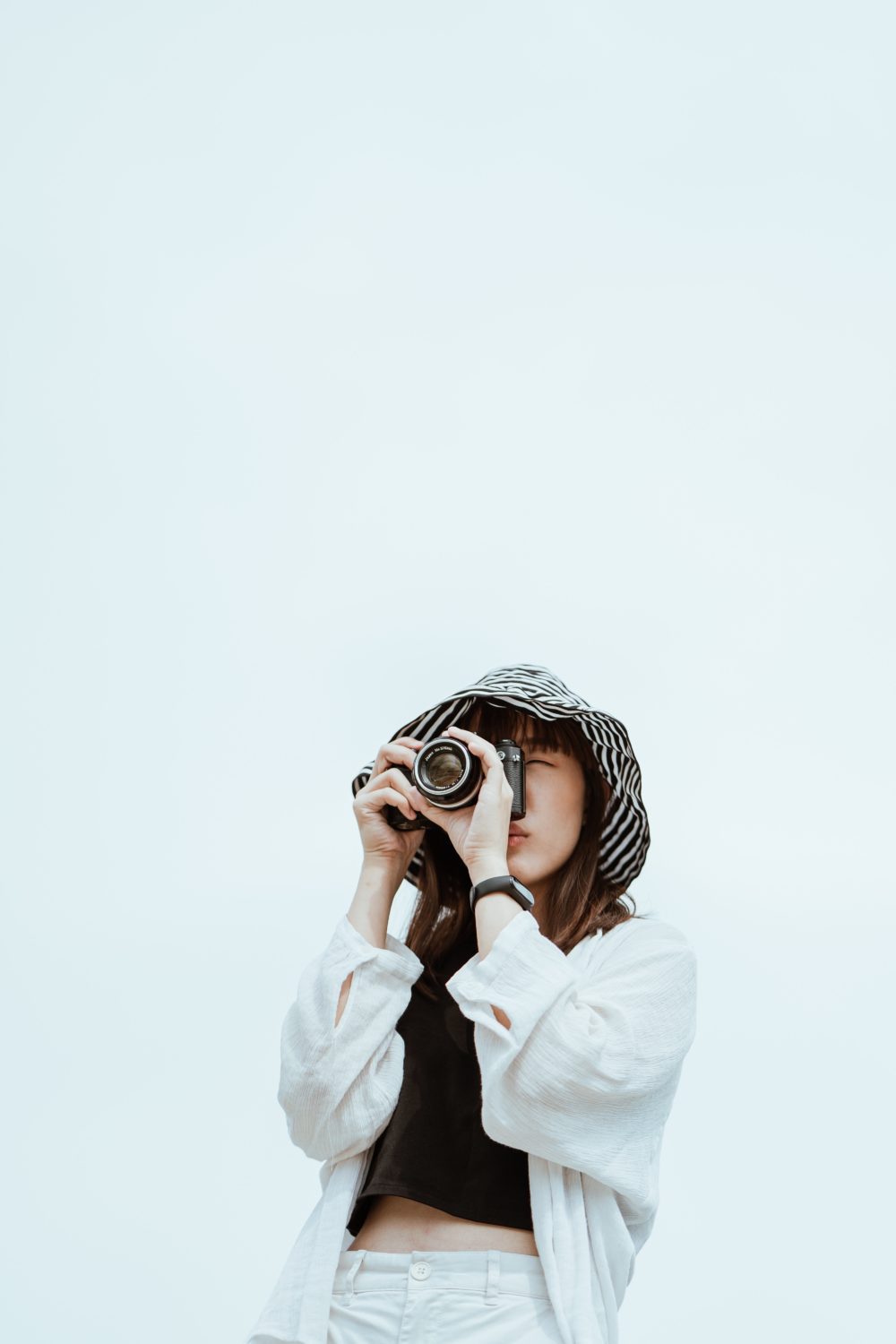
“A picture is worth a thousand words,” Edsger Dijkstra.
From beginner to intermediate to expert level – it requires hard work and commitment to move from one step to the next. And photography is no exception to this rule. The difference between stunning photos and becoming a great photographer boils down to one aspect: consistency. We’ve all captured good shots with our cameras. You’re not sure how you did it, but everything fell into place, and the result was an image that left you speechless.
In photography, the trick is to keep repeating that magical moment you experienced. That’s what professional photographers do. So what’s the secret recipe? Follow these six tips to stay on top of the game in your photography journey.
Utilize the Power of Backdrops
Many photographers overlook the power of using the perfect backdrop. As a photographer, you can choose between different types of backdrops. Today, many photographers are becoming Photoshop-dependent and opt to fix errors during post-processing. Yet, there are custom backdrops for photographers one can leverage to improve clarity and photo quality. Even though you can edit errors such as poor light in Photoshop, still, you can save time and hard work by getting the shot right in-camera. While cheap substitutes such as a bed sheet or plain wall will still do the work, using a professional backdrop gives you an edge over other photographers.
Exposure is Critical
Aperture, ISO, and shutter speed are critical elements in photography. Once you understand how these elements work, you need to blend them and learn how to create a good exposure. Now, this is important, so pay close attention. Photography has no wrong or proper exposure. Good exposure is how bright you want an image to be. So, don’t allow anyone to bully you around, saying your image exposure is lacking. Remember, if an image is too bright, it’s overexposed. If it’s too dark, it’s underexposed. Ultimately, it all boils down to your creative decision. After all, you’re the photographer. Make your own rules but don’t bend them too much. To improve your exposure, you can use a histogram or an in-camera light meter. Once you master exposure, half of the battle is already won. Visiting your local center for photography will also help you gain a better understanding and improve your skills in this area. Make sure to experiment with different exposure settings and see how they affect your photos.
Focus on the Light
Once you master the basics of exposure, learn about light. Lighting can make or break your images. It’s a bridge between “not-so-good” images and perfection. Take classes, buy books, or watch videos to learn about the good and poor lighting. Additionally, pay close attention to the light as you go through your daily activities. Notice how shadows form on people, buildings, animals, etc. Pay keen attention to how people are lit on billboards or TV. A professional celebrity photographer knows how to use lighting to enhance features and create striking images. Ultimately, you can learn many aspects of light in your day-to-day activities. And once you understand this area of photography, it becomes easy to create stellar photography shots.
Create Depth
Good images have depth. However, this might depend on your subject and how the background infuses them. For instance, if you’re photographing landscapes, add some depth. Doing this makes a viewer connect with the image and feel like they are there. Go for a wide-angle lens for a panoramic view.
Additionally, a small aperture of f/16 or smaller can keep the background and foreground sharp. Placing a subject in the foreground provides a sense of scale and accentuates how far the distance is. If possible, always use a tripod – a small aperture requires a slower shutter speed.
Understand Perspective
This is another area most photographers overlook. In short, perspective deals with the spatial relationships between objects in your frame. It also includes the size, placement, and space between them. Altogether, these elements help to change how a viewer interprets a scene. Perspective may infuse some depth in your photo, or it can flatten everything out. So what’s the solution? Try and choose a strategic position when you want to take a photo as it determines your perspective. Even better, switching your perspective can add life to your photo.
Use HDR
Many photographers struggle to capture high-contrast scenes; this is primarily because of exposure. High-contrast scenes have both bright and dark areas. This variation causes your camera to struggle to balance the details in both the dark and bright areas. Enter HDR (High Dynamic Range). HDR allows you to capture details in dark and bright areas. To shoot HDR photos with your camera, check your camera’s settings. With HDR, you can shoot amazing photos with good exposure.
When it comes to photography, the sky’s the limit. Every photographer should aim to learn and practice these six tips. Some can be understood in a short time, and others will take longer to master. Ultimately, this boils down to your discipline and patience as a photographer. But that’s great news! After all, all good things take time. Over to you!







